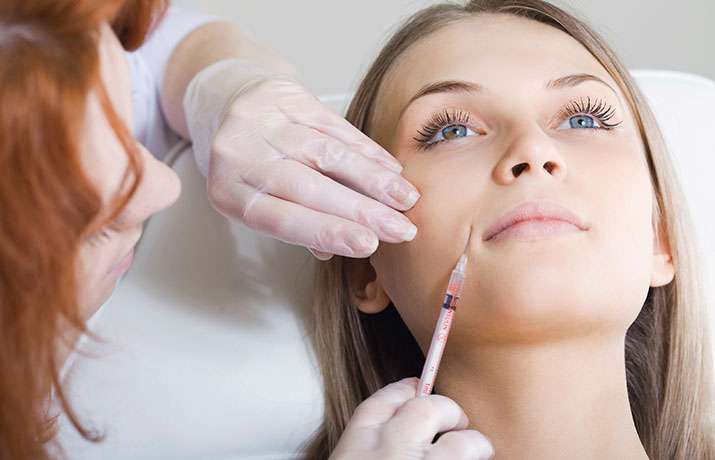Managing sleep disordered breathing has become increasingly important within the practicing dental profession. Sleep disordered breathing, which includes simple snoring, obstructive sleep apnea (OSA), and upper airway resistance syndrome affects at least 25% of adults. The dental profession has the opportunity to treat patients, starting with identifying a sleep-related disorder, referring patients to a physician for evaluation, and assisting with the management of sleep disorders. Dr. Stan Farrell, a member of the American Academy of Dental Sleep Medicine and board certified with the American Board of Orofacial Pain, has extensive training in treating sleep apnea and other sleep disorders. If you think you might be suffering from obstructive sleep apnea, call Dr. Farrell at 480-945-3629 to set your consultation and visit AZ TMJ at www.headpaininstitute.com.
Padma A, Ramakrishnan N, Narayanan V.
Abstract:
Sleep disordered breathing is a term which includes simple snoring, upper airway resistance syndrome, and obstructive sleep apnea (OSA). Simple snoring is a common complaint affecting 45% of adults occasionally and 25% of adults habitually and is a sign of upper airway obstruction. Snoring has also been identified as a possible risk factor for hypertension, ischemic heart disease, and stroke. The role of dentistry in sleep disorders is becoming more significant, especially in co-managing patients with simple snoring and mild to moderate OSA. The practicing dental professional has the opportunity to assist patients at a variety of levels, starting with the recognition of a sleep-related disorder, referring patients to a physician for evaluation, and assisting in the management of sleep disorders. Obesity is the main predisposing factor for OSA. In nonobese patients, craniofacial anomalies like micrognathia and retrognathia may also predispose to OSA. Diagnosis of OSA is made on the basis of the history and physical examination and investigations such as polysomnography, limited channel testing, split-night testing, and oximetry. Nocturnal attended polysomnography, which requires an overnight stay in a sleep facility, is the standard diagnostic modality in determining if a patient has OSA. As far as treatment is concerned, the less invasive procedures are to be preferred to the more invasive options. The first and simplest option would be behavior modification, followed by insertion of oral devices suited to the patient, especially in those with mild to moderate OSA. The American Academy of Sleep Medicine (AAOSM) has recommended oral appliances for use in patients with primary snoring and mild to moderate OSA. Oral appliances improve the blood oxygen saturation levels as they relieve apnea in 20-75% of patients. They reduce the apnea-hypopnea index (AHI) by 50% or to < 10 events per h. Oral appliances also reduce the AHI to normal in 50-60% patients.

